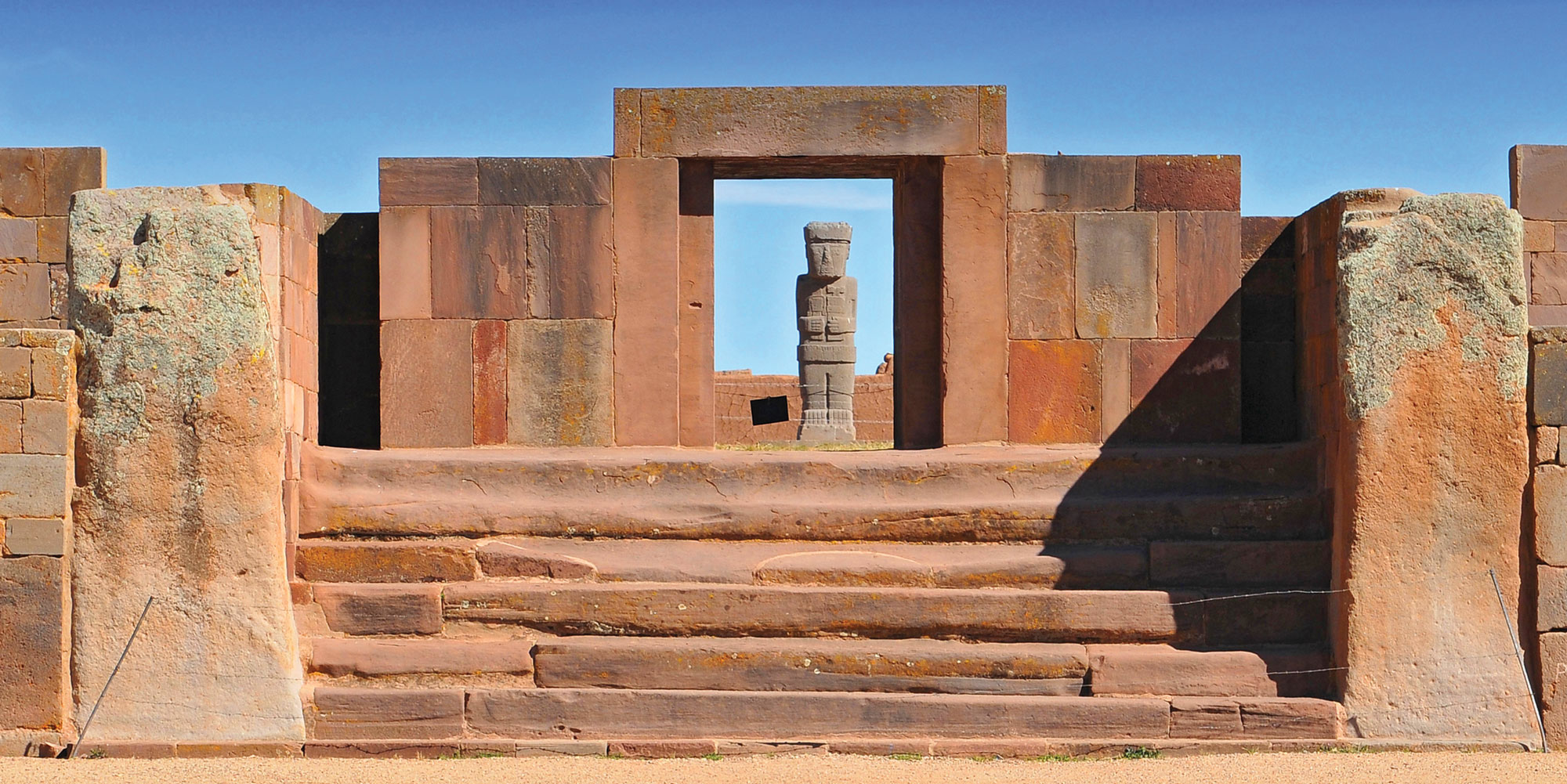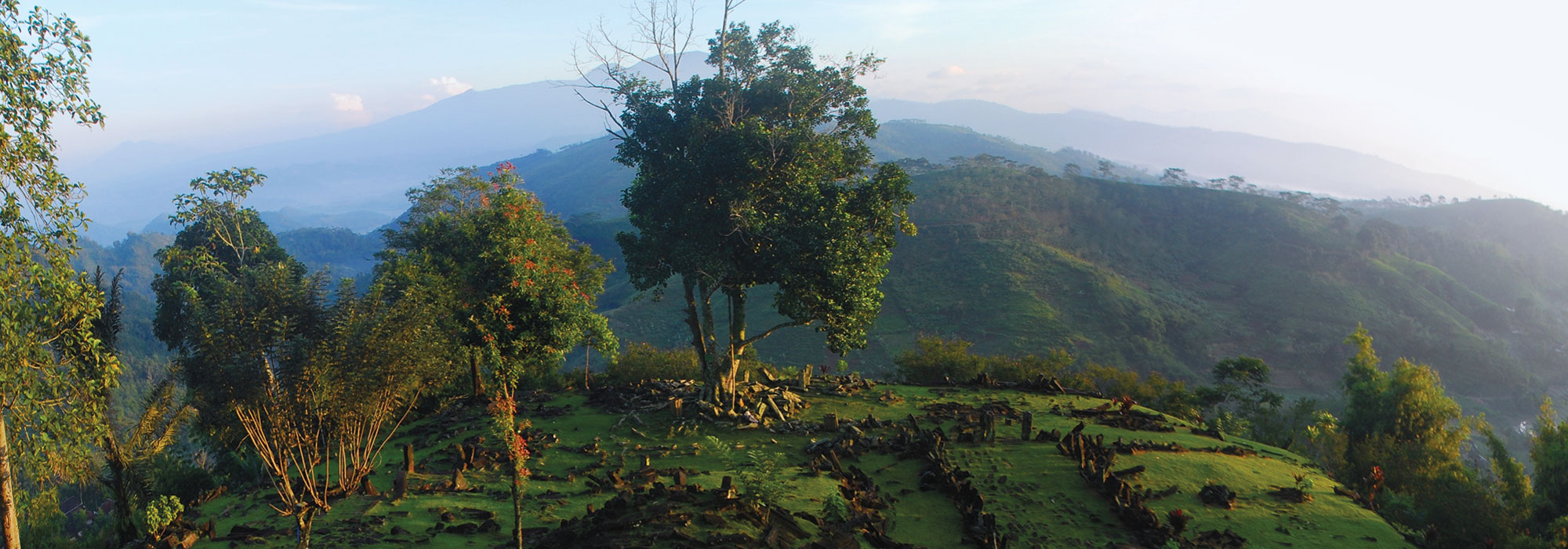BERGEN, NORWAY—According to a Science Norway report, archaeologist Gitte Hansen of the University of Bergen is examining a collection of medieval artifacts unearthed in western Norway’s town of Borgundkaupangen. The more than 50,000 artifacts have been held in the university’s museum since the 1950s, and nearly 7,000 of them are made of leather, Hansen said. She was analyzing the shoes in the collection to learn about the demographic composition of the town when she noticed a small sheath bearing marks that looked like they could have been made with human teeth among artifacts recovered from a shoemaker’s workshop. A comparison with some human bite marks on a modern piece of leather confirmed that the artifact had been bitten, perhaps to help pull a knife from its close-fitting cover. “I get a bit curious about whether I might be able to find out more about the person who used this sheath or this knife,” Hansen said. To read about the foundations of a medieval wharf found in Oslo, go to "Royal Wharf."
Bite Marks Identified on Medieval Leather Artifact in Norway
News August 12, 2024
Recommended Articles
Digs & Discoveries May/June 2022
First Falconer
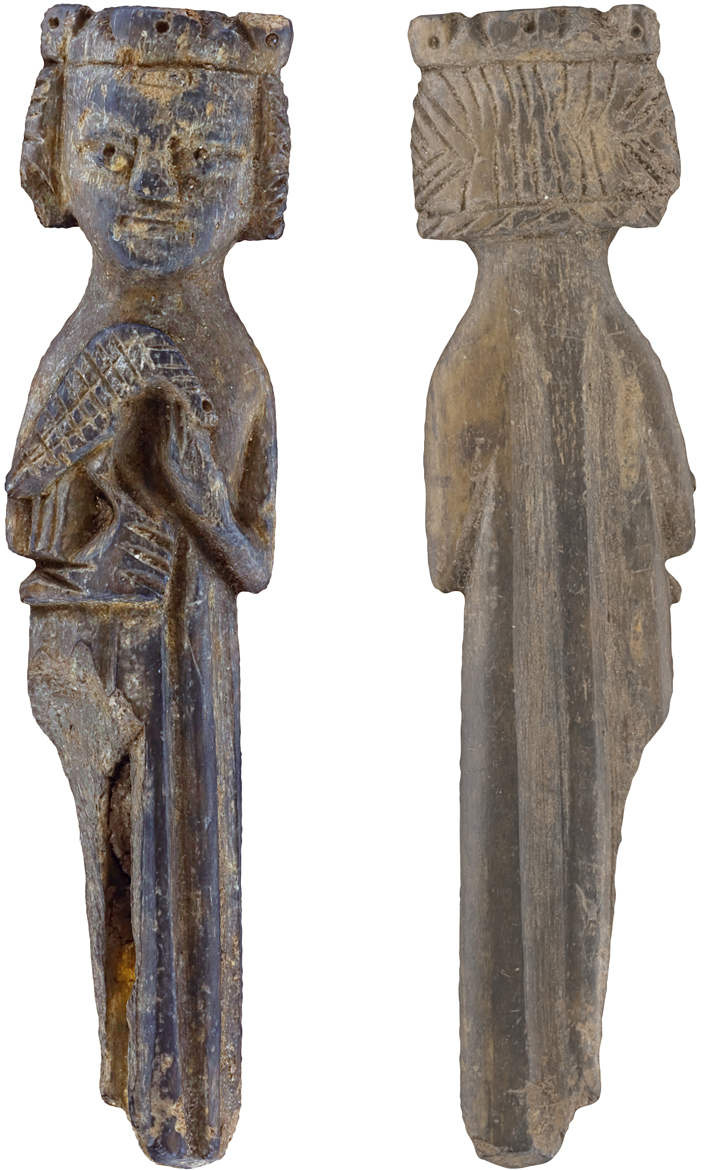
Digs & Discoveries November/December 2019
Melting Season

Digs & Discoveries September/October 2025
Good Night, Sweet Prince

Features September/October 2025
How to Build a Medieval Castle
Why are archaeologists constructing a thirteenth-century fortress in the forests of France?
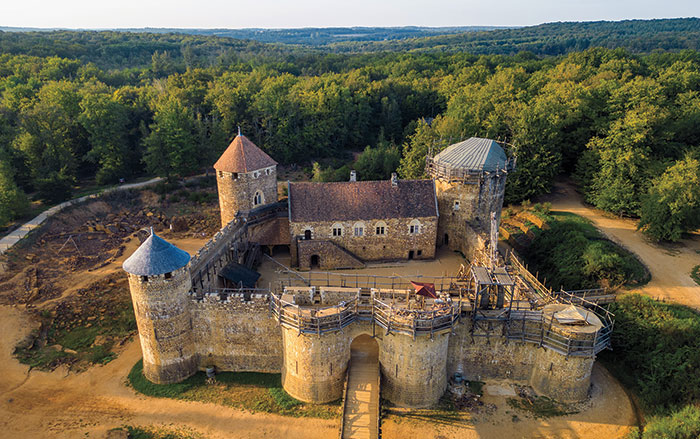
-
Features July/August 2024
The Assyrian Renaissance
Archaeologists return to Nineveh in northern Iraq, one of the ancient world’s grandest imperial capitals
 (Land of Nineveh Archaeological Project)
(Land of Nineveh Archaeological Project) -
Features July/August 2024
A Dynasty Born in Fire
How an upstart Maya king forged a new social order amid chaos
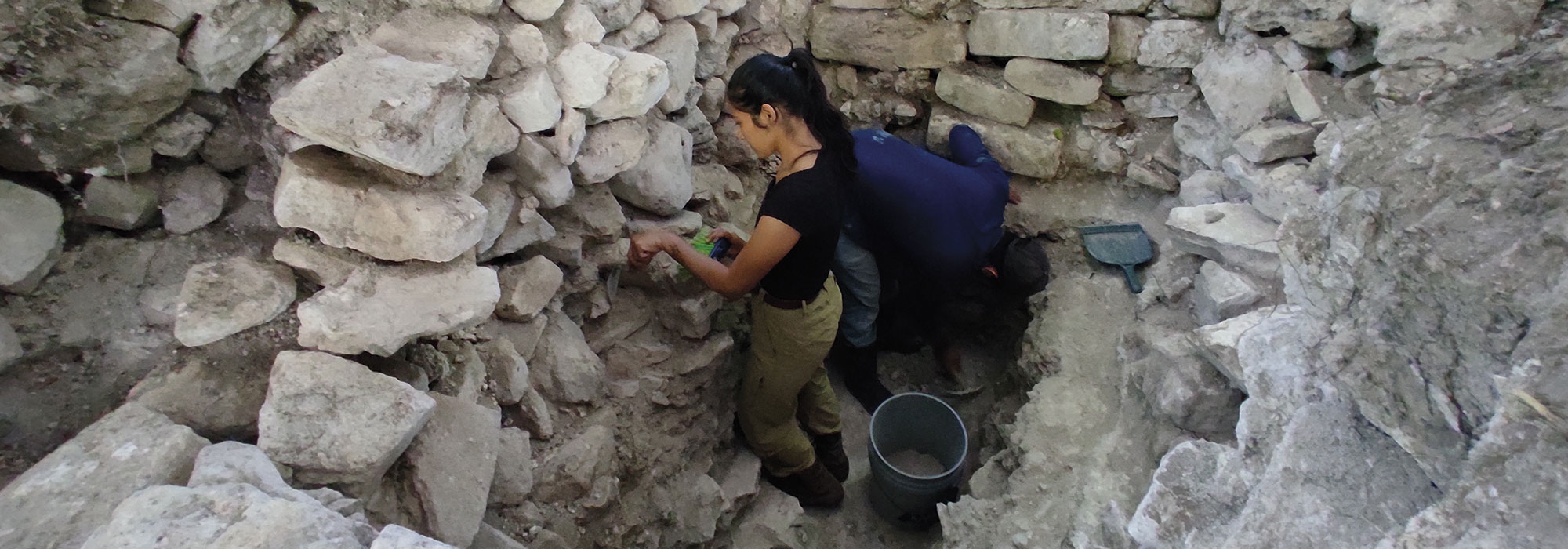 (Courtesy Proyecto Arqueológico Ucanal)
(Courtesy Proyecto Arqueológico Ucanal) -
Features July/August 2024
Making a Roman Emperor
A newly discovered monumental arch in Serbia reveals a family’s rise to power in the late second century a.d.
 (Serbia’s Institute of Archaeology)
(Serbia’s Institute of Archaeology) -
Features July/August 2024
Rise and Fall of Tiwanaku
New dating techniques are unraveling the mystery of a sacred Andean city
